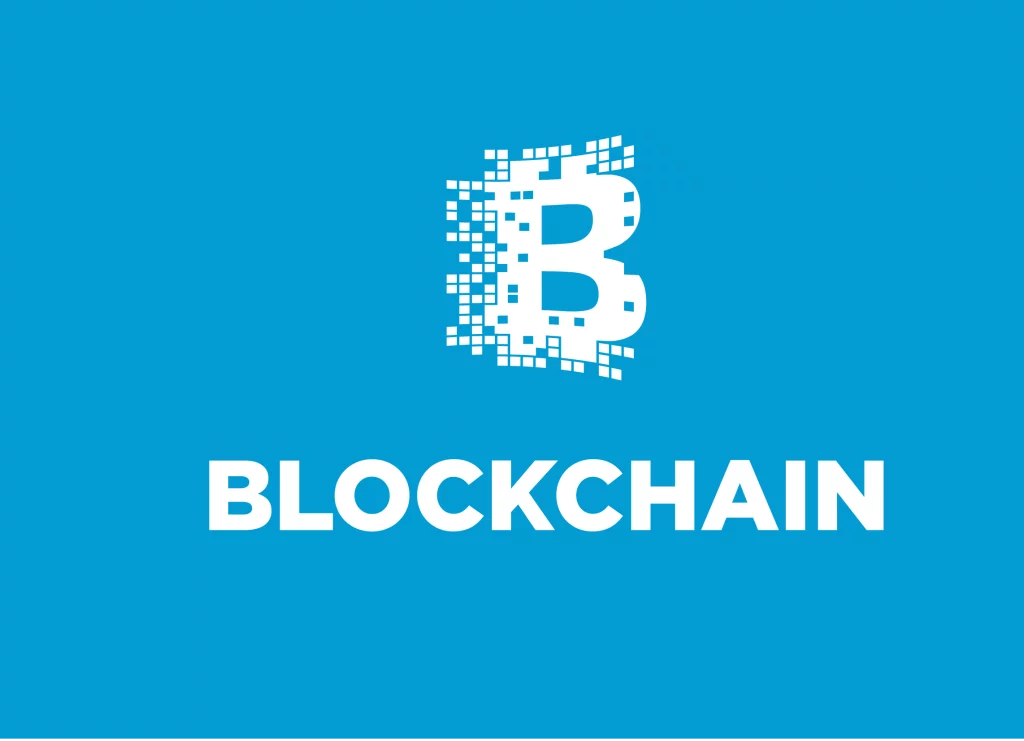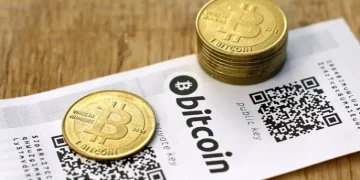In an increasingly connected world, where our personal data is constantly being shared and stored across multiple platforms, privacy has become one of the most pressing concerns. Traditional systems rely on centralized authorities, like banks, tech companies, or government agencies, to store and manage personal information. These centralized systems, while useful, also create significant vulnerabilities—single points of failure that can be exploited by hackers or misused by those in control.
Blockchain technology, on the other hand, offers a new paradigm, one that promises to protect privacy while simultaneously promoting decentralization. But can blockchain really safeguard our personal data? Is decentralization truly more secure than centralized systems? These are questions that many people are asking as blockchain continues to gain popularity. Let’s explore how blockchain works to protect privacy and whether decentralization is inherently more secure.
What Is Blockchain?
At its core, blockchain is a decentralized, distributed ledger technology that records transactions across many computers in such a way that the registered transactions cannot be altered retroactively. The decentralized nature of blockchain means that no single entity owns the entire network, making it resistant to centralized control or manipulation.
Blockchain can be likened to a public digital ledger where transactions are added in blocks, which are cryptographically linked to one another. Each block contains a list of transactions, and every participant in the network has access to an up-to-date copy of the blockchain. This decentralization allows for trustless transactions — meaning participants can trust the system itself, not a third-party intermediary.
The implications for privacy and security are significant. But how exactly does blockchain technology contribute to the protection of our personal data?
How Blockchain Protects Our Privacy
1. Data Encryption and Security
One of the key features of blockchain is its ability to secure data through encryption. On a blockchain, transactions are validated through cryptographic algorithms, which ensure that data is protected from unauthorized access.
When a transaction is initiated, the data is encrypted using advanced cryptographic techniques. Each transaction is signed with the private key of the sender, which ensures that the transaction is legitimate and cannot be tampered with. The recipient’s public key is used to encrypt the transaction, ensuring that only they can decrypt it.
Because blockchain data is immutable, once information is recorded on the blockchain, it cannot be altered. This means that personal information and transaction histories are secure from tampering or unauthorized changes.
2. Anonymity and Pseudonymity
Blockchain allows for varying levels of anonymity. For example, in cryptocurrencies like Bitcoin, transactions are pseudonymous rather than directly tied to an individual’s real-world identity. A public address (similar to a bank account number) is used for transactions, and this address does not directly identify the user. However, every transaction associated with that address is visible on the blockchain.
While Bitcoin transactions are pseudonymous, they are not entirely anonymous. It is possible to trace patterns and, in some cases, identify users through a process called “blockchain forensics.” However, more privacy-focused cryptocurrencies like Monero or Zcash offer enhanced privacy features, such as ring signatures and zero-knowledge proofs, to obfuscate the identity of participants in a transaction. This can help protect users’ identities and financial data from being exposed.
In this sense, blockchain provides a level of privacy that is difficult to achieve in traditional systems, where personal data is often stored and accessible by third parties like banks or corporations.
3. Self-Sovereign Identity
Blockchain has the potential to revolutionize the concept of identity by enabling self-sovereign identity (SSI). Self-sovereign identity means that individuals have full control over their personal information and can share it with others only when necessary. This is a significant departure from the current centralized identity management systems, where entities like governments, tech companies, or financial institutions control access to your personal data.
With SSI, your identity could be stored on a blockchain in a secure and encrypted format. You would hold the keys to your identity, and any verification process would be done without the need for intermediaries. This ensures that you control who has access to your personal data and can limit how much information is shared.
4. Decentralized Data Storage
Traditional systems store personal data on centralized servers, which are vulnerable to hacking, data breaches, or misuse by the parties that control them. Blockchain, however, offers a decentralized model for storing data. Rather than being stored in a single location, data can be distributed across many nodes in the network.
This decentralization makes it more difficult for hackers to access the data because there is no central point of attack. Even if an attacker gains control over a portion of the network, they would not have access to the entire database, significantly reducing the risk of data breaches. Additionally, many blockchain projects focus on storing data in an encrypted, fragmented manner, meaning that even if data is intercepted, it would be useless without the decryption keys.
In cases where sensitive data must be stored off-chain (for instance, due to blockchain’s limited storage capacity), solutions like InterPlanetary File System (IPFS) and Filecoin offer decentralized and encrypted storage options, ensuring that the data remains secure while still benefiting from the decentralized nature of blockchain.

Is Decentralization Really Safer?
One of the core tenets of blockchain is its decentralization, which, in theory, makes the system more secure and resistant to tampering or failure. But is decentralization inherently more secure than traditional, centralized systems? Let’s look at the advantages and challenges of decentralized security.
Advantages of Decentralization
- Reduced Risk of Single Points of Failure: In a centralized system, all data is stored in a single location. If that location is compromised, the entire system can collapse. In contrast, blockchain’s decentralized structure means that even if one or a few nodes are compromised, the network remains intact. This significantly reduces the risk of data loss or corruption.
- Increased Transparency: Blockchain provides transparency by allowing all participants in the network to access the same information. While this doesn’t mean that personal data is exposed, it does mean that transactions can be audited by anyone with access to the blockchain. This transparency helps to increase accountability and trust in the system.
- Resilience Against Censorship: In a decentralized network, no single entity has control over the data or the transactions taking place. This makes it harder for any government, corporation, or individual to censor or manipulate the flow of information. This feature is especially important in scenarios where censorship resistance is critical, such as in countries with authoritarian regimes or in politically sensitive areas.
Challenges and Risks of Decentralization
While decentralization offers many advantages, it also comes with its own set of challenges:
- Complexity of Management: In a decentralized system, multiple participants maintain the network, which can make the system harder to govern. Each participant must follow the same rules, and conflicts can arise when decisions need to be made. This can lead to delays or inefficiencies in how the network operates.
- Security Risks in Smart Contracts and DApps: While blockchain itself is secure, the applications built on top of it, like smart contracts or decentralized applications (DApps), can introduce vulnerabilities. A flaw in a smart contract code, for example, could allow bad actors to exploit the system. While smart contract code is transparent, it is up to developers to ensure it is secure.
- 51% Attacks: In Proof of Work-based blockchains like Bitcoin, if a single entity controls more than 50% of the network’s computational power, they can potentially manipulate the blockchain by double-spending or blocking legitimate transactions. This is known as a 51% attack. Although the likelihood of this happening is low in well-established blockchains like Bitcoin, it is still a theoretical risk for smaller networks.
Conclusion
Blockchain technology offers a new and exciting approach to protecting privacy and ensuring security through its decentralized and cryptographic foundations. By allowing for encrypted transactions, pseudonymity, self-sovereign identities, and decentralized data storage, blockchain has the potential to significantly improve how personal data is handled and protected.
However, while decentralization offers a more secure model by removing single points of failure, it is not without its challenges. The security of the blockchain ultimately depends on the integrity of the network, the applications built on top of it, and the underlying consensus mechanism.
In the end, decentralization does provide a more secure and privacy-conscious alternative to traditional centralized systems, but it is important to recognize that it is not a silver bullet. As blockchain technology evolves, we can expect continued improvements in how it ensures privacy, security, and decentralization — but, like any technology, it must be implemented and managed carefully to fully realize its potential.


















































